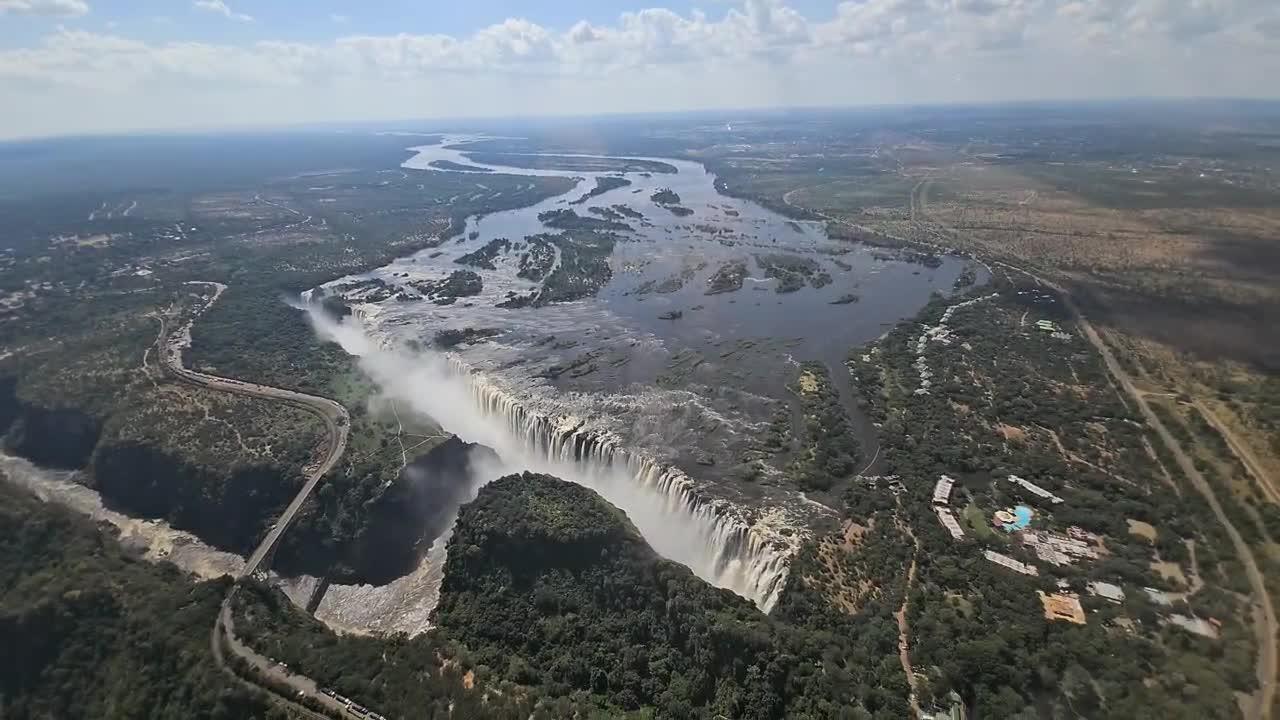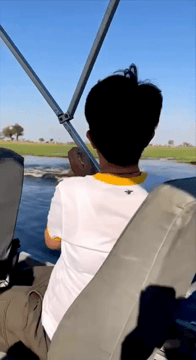
So simple, so neighborly ...you can cross the bridge over the thundering Victoria Falls from 🇿🇼 Zimbabwe to 🇿🇲 Zambia! ‼️ If you have always dreamed of traveling around Africa and feel a passion for photo safaris, watching wild animals and nature in different parts of the world, then we invite you to visit two countries at once in one tour. 🛩 Fly to Zimbabwe, Victoria Falls. Stay in the old colonial-style Victoria Falls Hotel and enjoy the views of the falls from the Zimbabwean side. Right after the bridge over the falls dividing Zimbabwe and Zambia, you can cross to the city of Livingstone and see the natural beauty from the opposite side. The equally old Royal Livingstone Hotel 🏨 on the Zambian side of the falls offers its guests not only luxury accommodation, but also many interesting activities, as well as unlimited access to the falls and the national park along the banks of the Zambezi River. We organize unforgettable photo safaris, flights over the falls, walks along t
Post: 21 April 11:03
















































